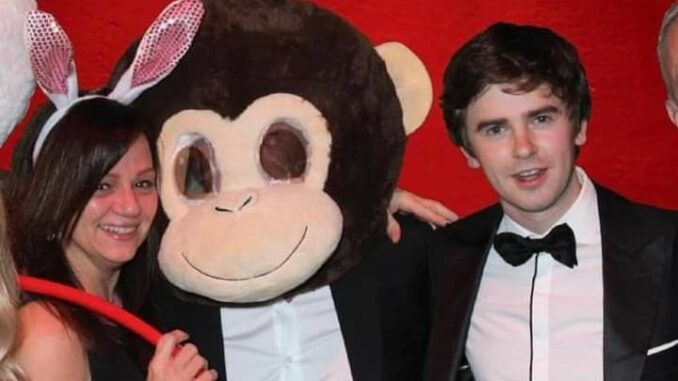
Think you already understand every layer of The Good Doctor? Not so fast.
The series is filled with subtle storytelling tricks, visual symbols, and character cues that are easy to overlook — even if you’ve rewatched the show multiple times. Here are 10 surprisingly delicate details that reveal just how carefully crafted Shaun Murphy’s world truly is 👇
1. Shaun’s eye contact shifts from season to season
In the early seasons, Shaun avoids eye contact with nearly everyone — including Glassman. But by Season 3 and 4, he begins initiating brief moments of eye contact, especially with Lea. This quiet evolution reflects his emotional growth without needing a single line of dialogue.
2. Shaun’s wardrobe colors mirror his emotional state
When Shaun is calm or balanced, he’s usually dressed in lighter shades of blue.
During episodes with intense stress, conflict, or sensory overload, his colors shift to darker blues or muted grey tones.
The costume team uses these tones like a mood-ring for viewers who pay close attention.
3. The lighting in surgery scenes changes based on Shaun’s feelings
Most of Shaun’s surgeries are filmed with cold, crisp white lighting — symbolizing focus, order, and logic.
But in emotionally charged cases (like saving someone he cares about), the lighting becomes subtly warmer and softer, creating a more intimate tension few viewers consciously notice.
4. Shaun has a “pattern” of emotional reactions — and sometimes he breaks it
You’ll notice Shaun repeats certain behavioral cues: stiffening his posture, tightening his hands, or changing his breathing rhythm.
But there are several key episodes where he breaks these patterns entirely — signaling emotional overload or a major shift in his character arc. Most fans miss this unless they look for it directly.
5. Shaun’s movement follows mathematical logic
Directors revealed that Shaun often moves in straight lines or clean 90-degree angles, representing the structured way his mind processes information.
He only moves in curved paths when he’s in emotional distress — a visual metaphor hidden in plain sight.
6. Shaun’s childhood flashbacks always contain one “inaccurate” detail
Whether it’s the placement of an object, the lighting, or the angle of the memory, there’s always something slightly “off.”
This is intentional — flashbacks reflect Shaun’s emotional truth, not a perfect recollection.
7. The camera zooms into Shaun’s hands, not his face, when he’s overwhelmed
Instead of using dramatic close-ups of Shaun’s expression, directors often zoom in on his hands trembling or fidgeting.
It’s a subtle but powerful way of showing emotion without breaking Shaun’s characteristic control.
8. Glassman stands one step to the side when talking to Shaun
This quiet gesture respects Shaun’s personal space.
In episodes where Glassman is angry, scared, or deeply emotional, he’ll step slightly closer — revealing the tension between them without any spoken cues.
9. Shaun’s piano theme has two different versions
The musical motif associated with Shaun comes in two subtle variations:
-
A slower, softer version when Shaun feels insecure or hurt
-
A slightly faster, lighter one when he is processing information or feeling confident
It’s one of the show’s most delicate emotional signals.
10. Shaun uses his left hand to self-regulate
Whenever Shaun feels overloaded, he instinctively places his left hand over his chest or stomach.
This isn’t random — it reflects real ASD self-soothing techniques, carefully researched by the production team.
